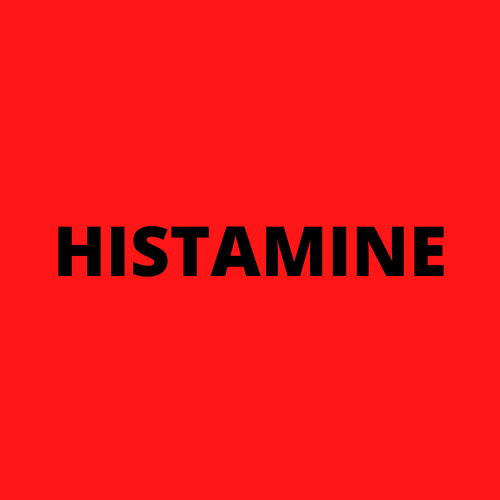
LEMON ALLERGY
Key Allergens
The allergen associated with lemon allergy is called Cit l 1.
Cit l 1 is a Lipid Transfer Protein (LTP), these proteins are resistant to heat and are found in many types of plants. Patients suffering from a more severe allergy to cooked fruit may be sensitised to this group of proteins.
Lemons also contain limonene, which is a component of the oils found in the peel of certain fruits. Limonene is a well known skin irritant - so may cause sufferers to react to the skin whilst being able to eat or drink the fruit.
There is an increasing amount of research into citrus seed allergy - it has been suggested that some allergic reactions have been triggered not by the fruit or peel, but by accidental consumption of the seeds. These allergic reactions may be triggered by proteins found in more commonly eaten seeds (like sunflower and pumpkin seeds) - seed storage proteins.
Like other citrus fruits lemons contain furanocoumarins. These chemicals can get on the skin and in combination with ultraviolet light (sunlight) can cause a sunburn like rash. Furanocoumarins are found in higher concentrations in fresh herbs and are natural irritants which can cause allergic contact dermatitis. This is more common in occupations where you are frequently coming into contact with the food, like chefs, cooks, growers and pickers.
Food Intolerances




Citrus fruits are considered to be high in histamine, so should be avoided for those who avoid high histamine foods.
Bottled lemon juice can be high in sulphites. Fresh lemons are lower in sulphites. Sulphites are inorganic salts used in preservations and have the potential to cause symptoms of food intolerance to those sensitive to sulphites, this food intolerance is more common in asthmatics. An improvement in symptoms can be made with a change to a low sulphite diet.
Lemons are low in salicylates. Salicylates in food have the potential to cause gastrointestinal food intolerance symptoms in people who are sensitive to salicylates.
Lemons are a low FODMAP food so are suitable for those following this diet. FODMAP stands for Fermentable oligosaccharides, disaccharides, monosaccharides and polyols. Foods high in FODMAPs can cause symptoms of food intolerance, affecting the gastro intestinal system and this can be mistaken for a true IgE food allergy.
You can read more about Food Intolerances on the dedicated Food Intolerance Page.
Associated Syndromes
Eating lemons is also associated with phytophotodermatitis. This is a skin condition that occurs when a person gets the juice from the fruit on the skin and doesn't wash it off. The furocoumarins in the juice of the fruit are activated by the sun and cause an itchy rash on the skin.
Cross Reactivity
Lemon allergens have shown cross-reactivity with the major peach allergen Pru p 3.
Resources
Websites
Science Direct - Lipid Transfer Proteins
Lipid Transfer Proteins (LTP Syndrome)
Allergy to Fruit - Anaphylaxis Campaign
Do You Have a Citrus Allergy? Learn the Symptoms
What You Need to Know About Allergic Reaction to Essential Oils
ATP Science - Salicylate Foods
Articles and Journals
Germin: relevant Allergen in Lemon, Orange and Mandarin, 2025
Pomegranate seed allergy in a child with multiple tree nut allergies, 2023
Delayed allergic reaction to eating lemon: case report, 2022
Evidence of mold allergy in patients with allergic reactions to packaged juice, 2020
Lemon seed allergy: a case presentation, 2020
Allergy to oxidized limonene and linalool is frequent in the U.K, 2014
Citrus Allergy from Pollen to Clinical Symptoms, 2013
Anaphylaxis to lemon soap: citrus seed and peanut allergen cross-reactivity, 2007
Lipid transfer proteins and allergy to oranges, 2005